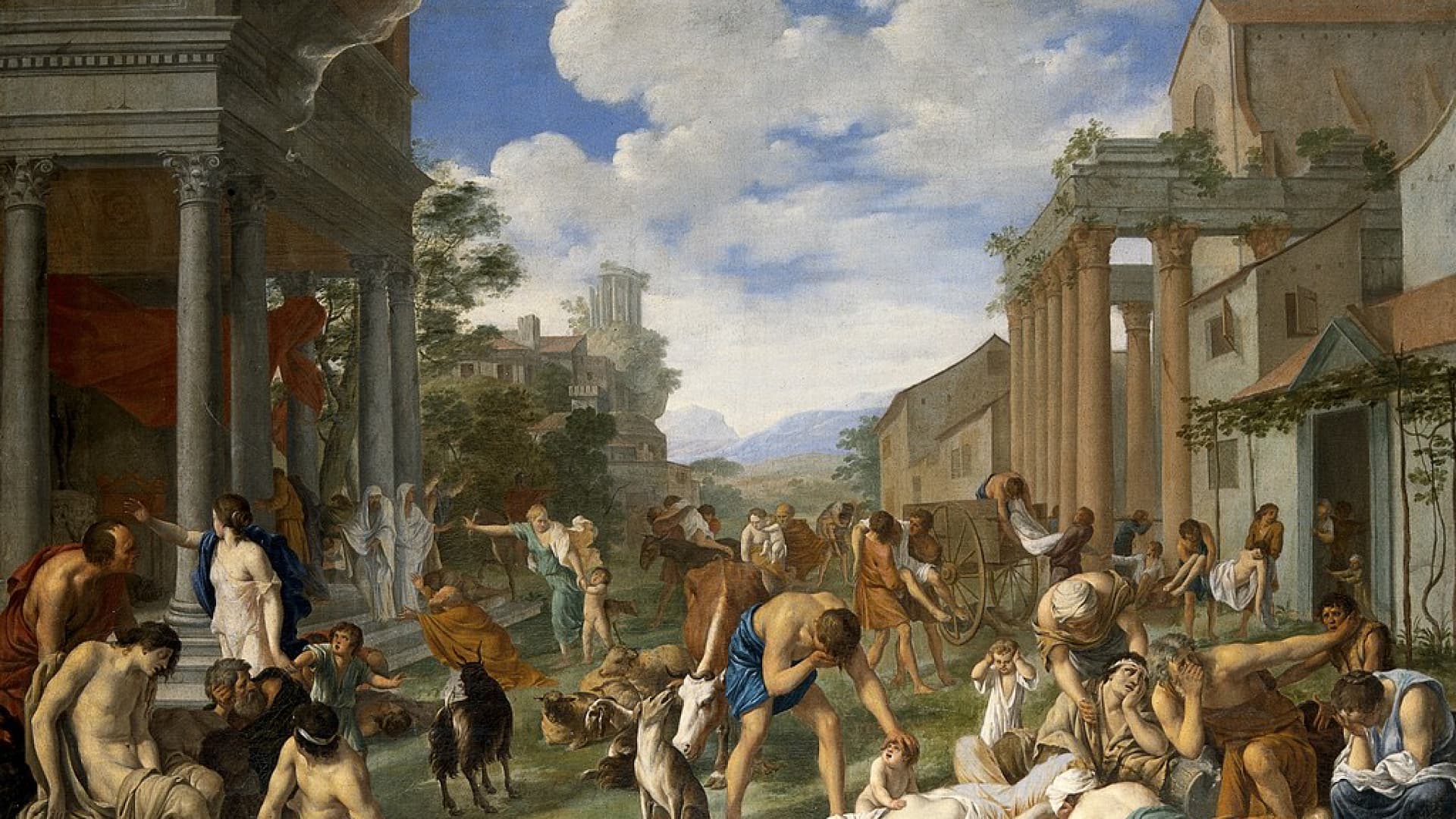
Epidemics: How Epidemics Shaped the World
Distant trade facilitated the “spread of diseases on a global scale”
(Alexander Herbig, Archaeologist, Max Planck Institute for Human History in Jena)
It wasn’t just commerce that was spreading these microbes. Pathogens often use animals as hosts, and DNA data shows that the closer humans are to the animals, the more often the pathogens jump. For example, one of the last groups of European red squirrels in Great Britain is still home to a medieval tribe of leprosy that is believed to have been introduced by fur-traffickers Vikings.
Another strain of tuberculosis pathogen that makes people sick may have come to South America with seals, as analyzes of RNA in a Peruvian skeleton thousands of years old have shown. Its genome is closely related to that of the microbes that inhabit today’s seals and sea lions. “From an archaeological and anthropological point of view, this seems plausible because people in South America have been hunting intensively for a long time,” explains Herbig, who was involved in the work.
Firearms, iron shields, horses – and above all, deadly biological weapons
The factors that make humans more vulnerable to disease – large population, increasing networks, and environmental change – were especially evident in the European conquest of the new world. The Aztec Empire, with its epicenter in Mexico, was invaded by a small group of Spanish invaders in the early 16th century and overthrown by the “divide and rule” tactic. The Spanish established a brutal “encomienda” regime that led to the brutal exploitation of indigenous workers. The invaders established their superiority on superior weapon technology; But above all they had invisible allies with them, and they were much worse than armies.
After subjugation by Europeans between 1519 and 1521, epidemics broke out among the Aztec population several times, which are among the most devastating epidemics in human history. Reports of the Spanish Franciscan monk Bernardino de Sahagn, who arrived in Mexico in 1529 and evangelized in America for decades, indicate that up to 80 percent of the indigenous population died as a result of the epidemic. The plague of cochlitzite (as locals called it) has long been a mystery. Assumptions ranged from haemorrhagic fever to malaria, typhoid and smallpox. It wasn’t even clear if the disease was of local origin or whether the Spanish introduced it.
In 2018, RNA research revealed the alleged culprit. When Krause and his team analyzed ancient DNA remains from the skeletons, Which came from a mass grave of the Cocoliztli period, they found that more than half of the samples contained traces Intestinal salmonella Serovar Paratyphi C, the pathogen that causes serious gastrointestinal disorders. Salmonella wasn’t discovered in America in the run-up to the European invasion, so it sure came from the West on board ships. The invaders likely carried contaminated food with them, along with many potential vectors such as chickens, pigs, livestock, and insects such as rats or mice. Everyone was able to transmit the germs.
How a drought transformed a disease wave into a mass extinction
At that time, an environmental disaster struck the American continent that helped salmonella gain a foothold in the New World. Mexico was hit by a series of devastating droughts in the 16th century, As indicated by analyzes of tree rings. Food shortages and migration have weakened people, leaving them vulnerable to unknown microbes for which their immune system was not prepared. This led to an unprecedented mass extinction.
Today we know more about pathogens and how to fight them than we did 500 or even 5,000 years ago. But the current COVID-19 pandemic shows that our societies remain vulnerable to emerging pathogens. Germs often spread to humans from other species, spread with global trade and travel, and are exacerbated by overpopulation, poverty and malnutrition. The aDNA research reminds us that powerful personalities like Emperor Justinian I or the conqueror Hernan Cortes didn’t just make up history. Likewise – and perhaps more than that – microbes have left a mark in human history.

“Organizer. Social media geek. General communicator. Bacon scholar. Proud pop culture trailblazer.”
